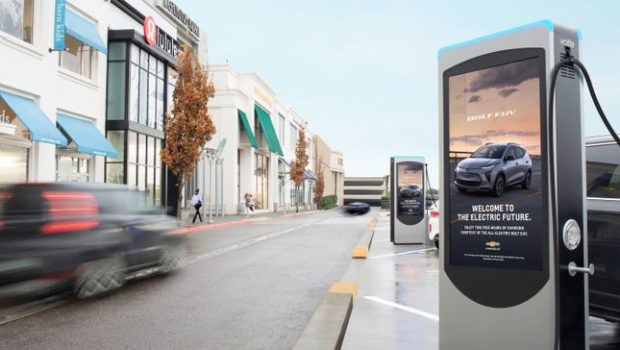California becomes first state to roll out submetering technology to spur EV adoption
Dive Brief:
- California regulators last week approved first-of-their-kind protocols on submetering technology, which would essentially allow EV owners to measure their vehicles’ energy consumption separately from their main utility meter.
- Thanks to the decision, owners of EVs, as well as electric buses and trucks, will be able to avoid installing an additional meter to measure the electricity that is consumed by their vehicle, removing a key barrier to EV adoption across the state.
- The CPUC’s decision is the culmination of a decade of efforts to develop submetering capabilities and standardize communication protocols, President Alice Reynolds said at a meeting Thursday. “We really are hoping to build on efforts to accelerate and facilitate greater customer control over how and when they charge their vehicle, and enable customers to better manage their demand and to benefit from electric vehicle-specific rates,” she said.
Dive Insight:
The transportation sector represents nearly 40% of California’s greenhouse gas emissions and electrifying vehicles is a critical component of the state’s decarbonization efforts. In 2020, Gov. Gavin Newsom, D, passed an executive order aiming to have all new passenger vehicle sales in the state be zero-emission by 2035. Currently, over 16% of passenger cars sold in California are electric, and the state represents nearly half of EV sales across the country.
Sub-metering basically allows EV customers to avoid having to install a separate meter to measure the electricity use of their car, CPUC Commissioner Clifford Rechtschaffen said at an agency voting meeting Thursday. This is significant because in California, EVs are subject to special rate structures, which make it less costly to charge during off-peak hours.
“Right now, you can charge your car for one half to one third the cost of filling up the gas tank, and that’s actually even before the run up of gas prices over the last several months,” Rechtschaffen said. “But, the EV rates often don’t work for an entire home or business – so most EV drivers today aren’t choosing those EV specific rates.”
EV-specific rates can drastically reduce the cost of owning an electric car, but many customers are reluctant to purchase an additional utility-grade meter, presenting a barrier to EV adoption across the state, according to the CPUC.
“This technology is a way around that,” Rechtschaffen said.
This is one of the decisions issued by the CPUC that may seem technical and challenging, but promises far-reaching implications, Rechtschaffen said, adding that “This makes us the first state in the country to allow EV owners to measure the electricity use of their car independently from their main utility meter.”
In addition, the decision approved by California regulators lays out communication protocols for EV chargers, which Rechtschaffen said will help enable vehicle-grid integration. Vehicle-grid integration refers to “a whole suite of actions that shape when and how people charge their cars — what time, what level, how much power is sent back, and the goal is to both minimize the impacts on the grid and maximize consumer benefits, reduce the cost for them or allow them to get paid for sending power back to the grid,” he said.
Vehicle-grid integration will become especially important as California adds more EVs to its roads, creating the potential to overburden the grid. Earlier this year, Pacific Gas & Electric and General Motors announced a pilot to test bidirectional charging — essentially, allowing customers to export power from their vehicles — which could help EVs become an on-demand home power source.








Gloss